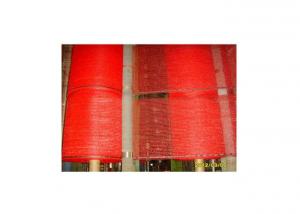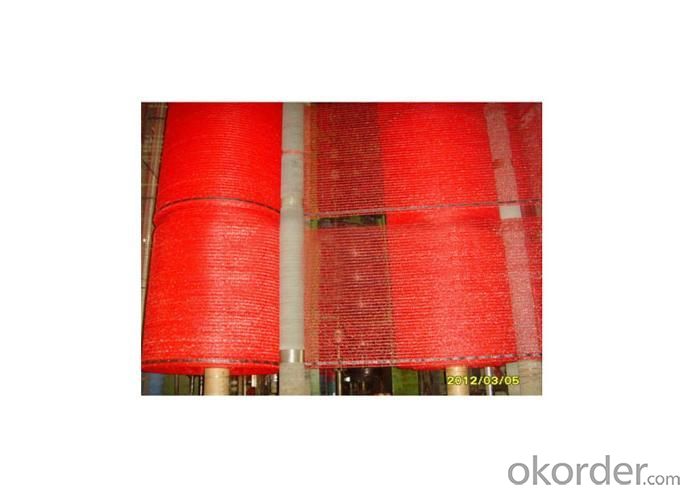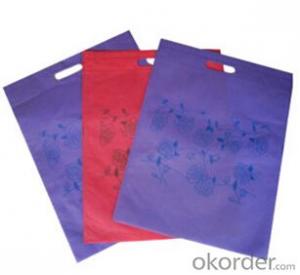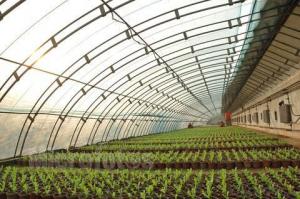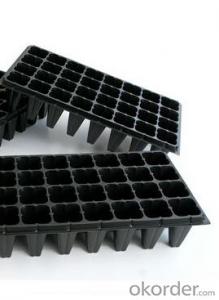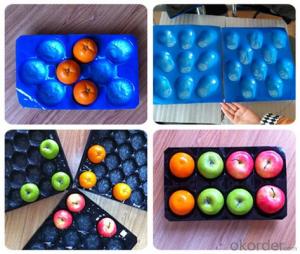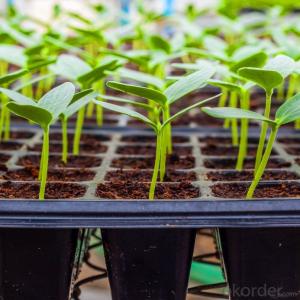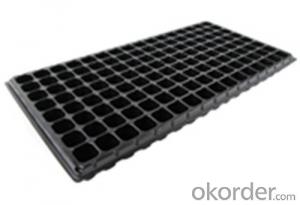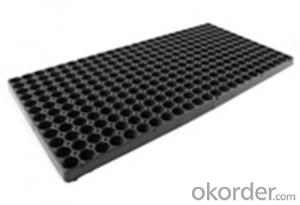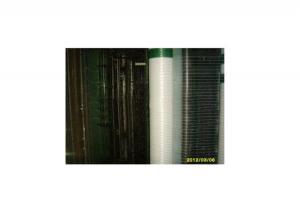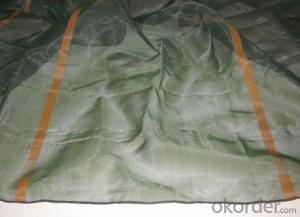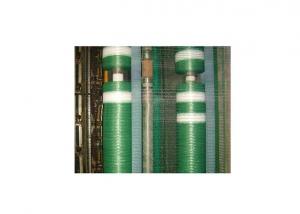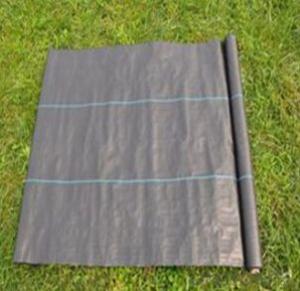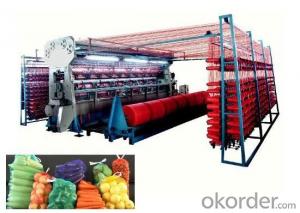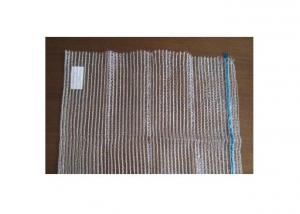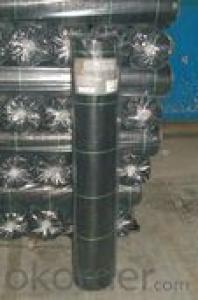Silage Hay Bale Net Wrap
- Loading Port:
- China Main Port
- Payment Terms:
- TT or LC
- Min Order Qty:
- 50 Rolls roll
- Supply Capability:
- 3000 Rolls per Month roll/month
OKorder Service Pledge
OKorder Financial Service
You Might Also Like
Detailed Product Description
Reduce time when Baling,Make the Bale Surface more Smooth,Whole full width bale coverage,Improved Quality of Hay
Features
Reduce time when Baling
Make the Bale Surface more Smooth
Whole full width bale coverage
Improved Quality of Hay
Reduce weather related loss
Easier to use than Twine
Detailed Product Description
Reduce time when Baling
Make the Bale Surface more Smooth
Whole full width bale coverage
Improved Quality of hay
Product No Size
CHINNET 0101 1.23 meter wide by 2000 meters Roll
CHINNET 0102 1.23 meter wide by 3000 meters Roll
CHINNET 0201 1.25 meter wide by 2000 meters Roll
CHINNET 0202 1.25 meter wide by 3000 meters Roll
CHINNET 0301 1.30 meter wide by 2000 meters Roll
CHINNET 0302 1.30 meter wide by 3000 meters Roll
CHINNET 0401 1.62 meter wide by 2000 meters Roll
CHINNET 0501 1.70 meter wide by 2000 meters Rol
NOTE: Weight per square meters : 9.5g,10g,10.5,11g
Width :1m~2m(1.02m,1.23m,1.25m,1.30m,1.62m,1.7m)
Length: 2000m,2500m,3000m,3600m,4200m,5000m
- Q: Are nursery trays suitable for starting tomato plants?
- Yes, nursery trays are suitable for starting tomato plants. Nursery trays provide a controlled environment for germination and early growth, allowing for easy monitoring and transplanting of tomato seedlings.
- Q: I made a plastic bong and took 3 good hits of plastic and I'm just wondering what damage that can do
- confusing situation. query on to google and yahoo. just that could actually help!
- Q: okay so when i go to collage i want to become a plastic surgeon for kids that have burns. but how much does it pay?
- Most plastic surgeons, like most other physicians, are independent businessmen who are profitable only when their income exceeds their expenses. Their income is based on the amount charged per procedure times the number of patients minus expenses. Expenses are costs such as office rent, medical supplies, staff costs (nurses, receptionists and anyone else they might need) and the BIG expense is their malpractice insurance. Their pay is, therefore, based on the number of patients they see. They need to work up an outstanding reputation and have a good location. A good plastic surgeon in NY or LA will make a LOT more money than a good plastic surgeon in a less populated area like Wyoming. They can make as much as a million dollars a year. s
- Q: This question asks for an explanation of the various types of plastic mulches used in agriculture.
- <p>Agricultural plastic mulch is used to cover the soil to control weeds, retain moisture, and regulate soil temperature. The main types include: 1) Clear plastic mulch, which allows maximum sunlight to reach the soil; 2) Black plastic mulch, effective for weed suppression and soil warming; 3) Colored plastic mulch, such as red or blue, which can affect plant growth and pest control; 4) Biodegradable mulch, which breaks down over time and is environmentally friendly; 5) Weed barrier fabric, a permeable fabric that allows water through but blocks weeds; and 6)EVA or PE mulch, which are types of plastic films with different properties for specific agricultural needs. Each type serves different purposes and is chosen based on the crop and environmental conditions.</p>
- Q: Can the use of agricultural plastic films help in mitigating wind erosion in agricultural lands?
- <p>Yes, farmers can use agricultural plastic films to reduce wind erosion in their fields. These films, also known as mulch films, cover the soil surface and protect it from direct contact with wind. By doing so, they decrease the wind's ability to pick up and transport soil particles, thereby reducing erosion. Additionally, the films can help retain soil moisture and suppress weed growth, further contributing to soil health and stability. However, it's important to manage the use of these films responsibly to avoid environmental issues such as plastic pollution.</p>
- Q: Two days ago, I was baking a trey of chicken nuggets in the oven when 20 min later or so, I smelled an awful smell. I went to the kitchen and realized I put the chicken to cook on a plastic tray. The tray melted all oven the rack and onto the bottom of the oven. Somehow, none managed to get on about half of the chicken (which I removed from the oven and placed on a plate). I didn't eat any of the chicken from the oven that day, but the next day i saw the plate (and thinking it was some of the good chicken I had made that morning) ate it. There was no plastic on the food and it tasted normal but when I found out what I did, I was really afraid that I could have poisoned myself! Its been over a day and I'm fine, but should I be worried at all? The plastic did not burn or catch on fire, it only melted...
- doh! You will poop out any plastic that you have ingested!
- Q: Can agricultural plastic products be used in greenhouse farming?
- Yes, agricultural plastic products can be used in greenhouse farming. They are commonly used for various purposes such as covering the greenhouse structure, creating a controlled environment, and providing protection to crops from external elements. Plastic films, sheets, and mulches are often used in greenhouse farming to regulate temperature, humidity, and light levels, as well as to conserve water and prevent weed growth. These plastic products are versatile and cost-effective solutions that help optimize crop growth and protect plants in greenhouse settings.
- Q: Well obviously the plastics would go after the water cools abit... But anyway. Will it penetrate the plastics? Oh and I said coffee cause I see that some manufacturers use coffee as a scent... In their plastics. Is it actually a good scent? Thanks guys!
- Coffee grounds are IN the plastics... the plastics aren't scented with artificial coffee smell, there are actual coffee grounds in the plastic. Just like people, bass like their caffeine in the morning, so yeah it's a good scent and flavor. Anise scented worms are scented with anise OIL, either in the plastic itself or in the plastic... they aren't boiled with anise seeds. Same with the salt... it's in the plastic... why do you think Senkos are so heavy for a plastic worm? They're loaded with salt! Every company uses a different amount of grains to weigh their worms. Hot water will probably ruin the plastics.
- Q: Are nursery trays suitable for starting plants for urban greening initiatives?
- Yes, nursery trays are suitable for starting plants for urban greening initiatives. Nursery trays provide a controlled environment for seeds to germinate and young plants to grow before they are transplanted into urban areas. They allow for efficient use of space, easy transportation, and proper nutrient and moisture management, making them a practical choice for starting plants in urban greening initiatives.
- Q: i started recycling and I noticed that there is A LOT of plastic. So can I only recycle things with the symbol on it or can i recycle all plastic...like the plastic inside a cereal box. that doesnt have a symbol but its plastic. that is just one example.thanks
- problematic problem. research over google. that will may help!
1. Manufacturer Overview
| Location | Shandong,China (Mainland) |
| Year Established | 2010 |
| Annual Output Value | US$5 Million - US$10 Million |
| Main Markets | North America South America Eastern Europe Oceania Eastern Asia Western Europe Central America Northern Europe Southern Europe |
| Company Certifications | ISO 9001:2000 |
2. Manufacturer Certificates
| a) Certification Name | |
| Range | |
| Reference | |
| Validity Period |
3. Manufacturer Capability
| a) Trade Capacity | |
| Nearest Port | QINGDAO,SHANGHAI,TIANJIN |
| Export Percentage | 81% - 90% |
| No.of Employees in Trade Department | 3-5 People |
| Language Spoken: | English, Chinese |
| b) Factory Information | |
| Factory Size: | 3,000-5,000 square meters |
| No. of Production Lines | 5 |
| Contract Manufacturing | OEM Service Offered Design Service Offered Buyer Label Offered |
| Product Price Range | Average |
Send your message to us
Silage Hay Bale Net Wrap
- Loading Port:
- China Main Port
- Payment Terms:
- TT or LC
- Min Order Qty:
- 50 Rolls roll
- Supply Capability:
- 3000 Rolls per Month roll/month
OKorder Service Pledge
OKorder Financial Service
Similar products
Hot products
Hot Searches
Related keywords
